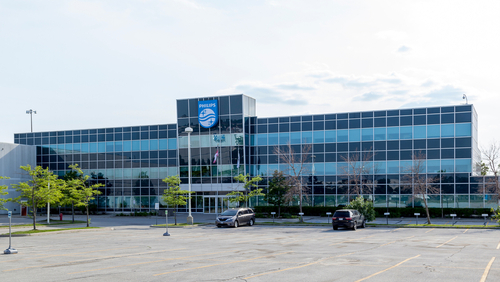
Royal Philips will accelerate the predictive health monitoring of the Rapid Analysis of Threat Exposure (RATE) algorithm for active service personnel now that the U.S. Department of Defense has invested in it.
Following a successful development and pilot program, the RATE technology using biomarkers from wearables to predict infection, will expand within the DoD. Over the next four years, the Joint Program Executive Office for Chemical, Biological, Radiological and Nuclear Defense will invest $25 million to get the technology into the field, officials said.
“Our mission is to protect our troops and ensure we can quickly detect and prevent the spread of illness that can impact their wellbeing and our ability to protect our nation,” Lorenzo Hankla, JPEO Wearables Program Officer, said. “Giving them the option of using readily available off-the-shelf wearables that are trained on clinical data allows them to passively monitor their health and quickly act if their infection score is high. In the wake of the pandemic, our troops need access to new AI-enabled technologies that can have a meaningful impact on their readiness and ensure overall military operations.”
RATE allows for early detection of pre-symptomatic infection in humans, and can help to improve the readiness monitoring of active-duty personnel. The algorithm was developed as an early warning system to reduce personnel downtime and aid in containing the spread of disease, officials said.
Initially developed in 2019, the algorithm used large-scale data science, machine learning and trade-space analyses from a data set of more than 36,000 cases of hospital-acquired infections to develop a risk score. A wearable version of the algorithm, prompted by the COVID-19 pandemic, use biometric data from off-the-shelf wearables to allow for early detection of infection. In 2022, a study of the technology found that the algorithm was able to detect COVID-19 an average of 2.3 days before symptoms appeared.
“Protecting the physical health and well-being of active service members is paramount,” Jeff DiLullo, Chief Region Leader of Philips North America, said. “Our military personnel have unique care needs depending on their role and environment, and thanks to AI-enabled, predictive innovations like RATE, we can enable more timely intervention and personalized care, reducing downtime and improving outcomes – not only for individuals but entire units, too. The faster we diagnose and treat, the sooner these brave men and women are ready for duty.”




